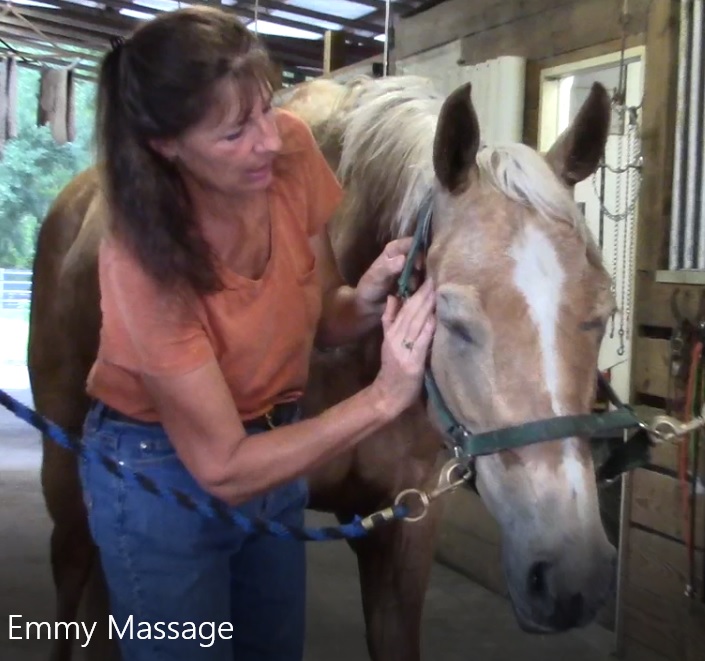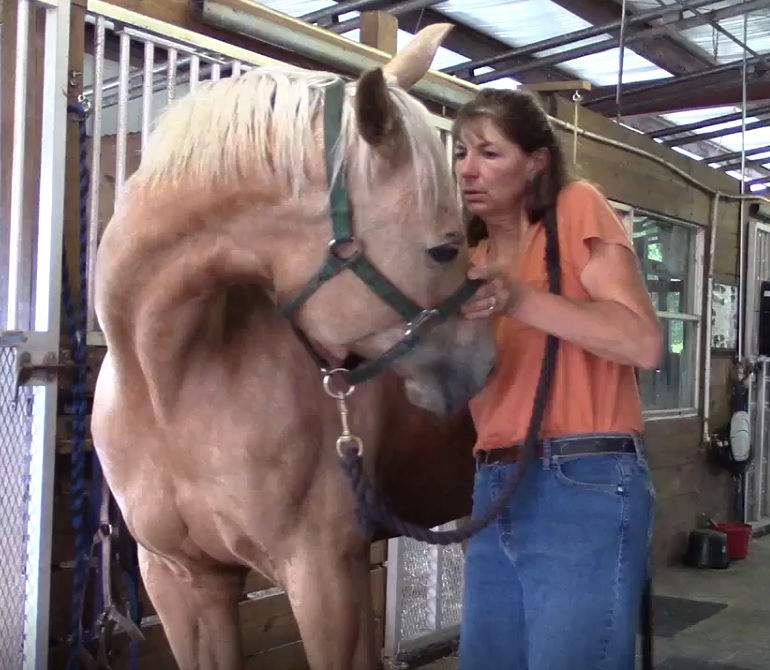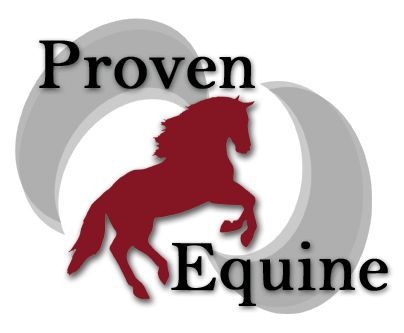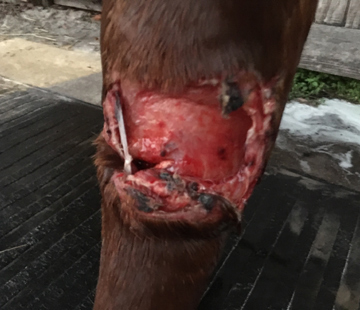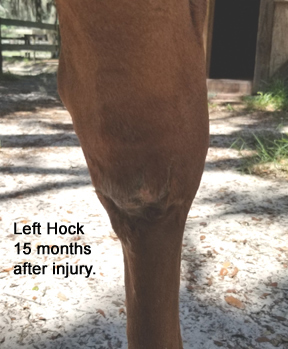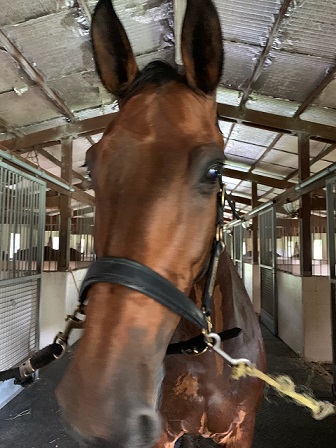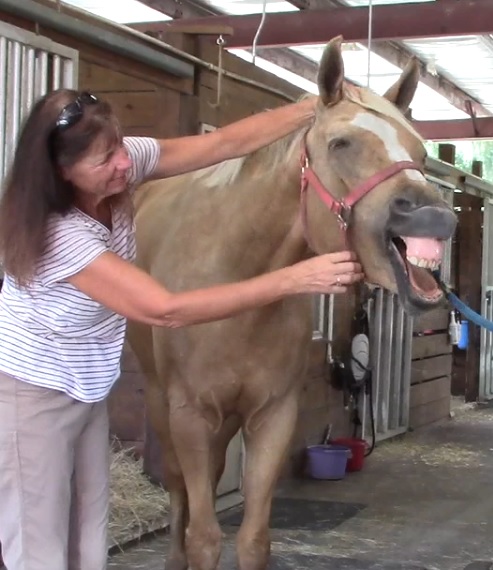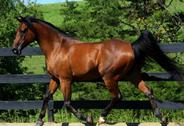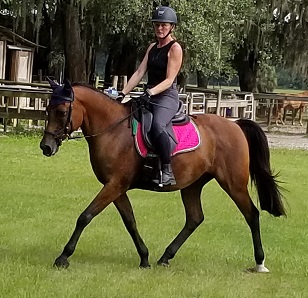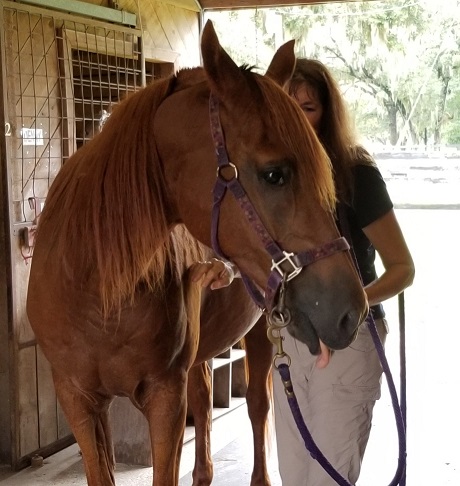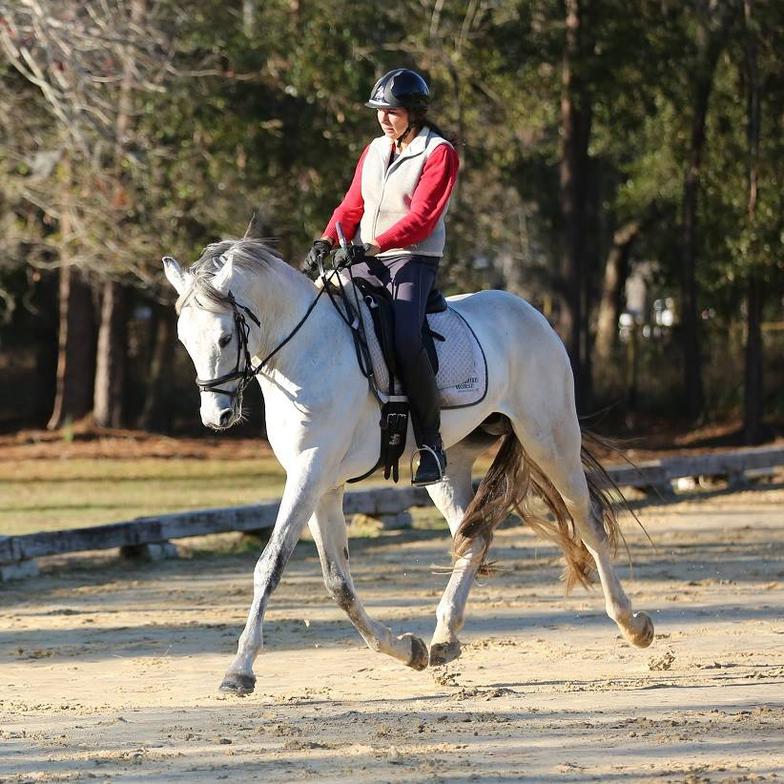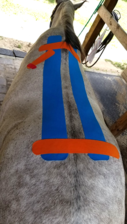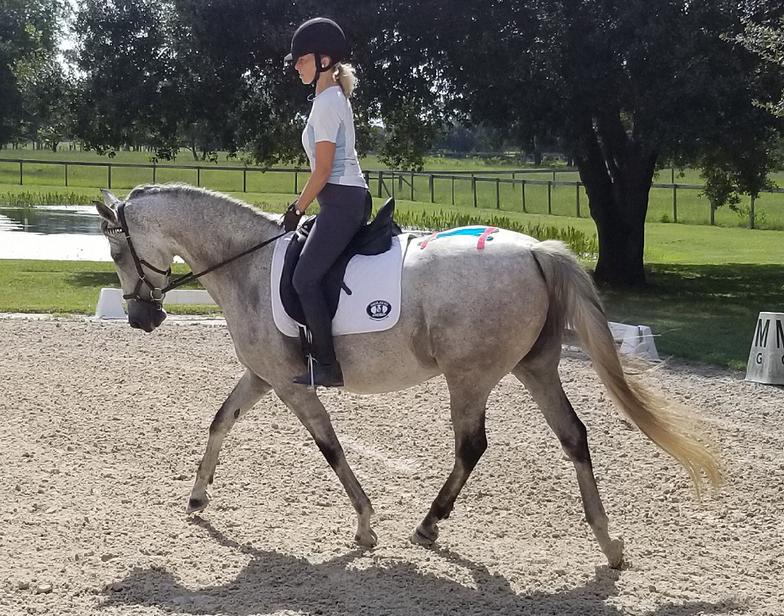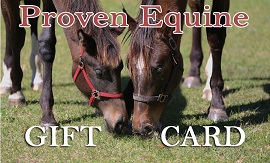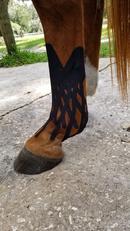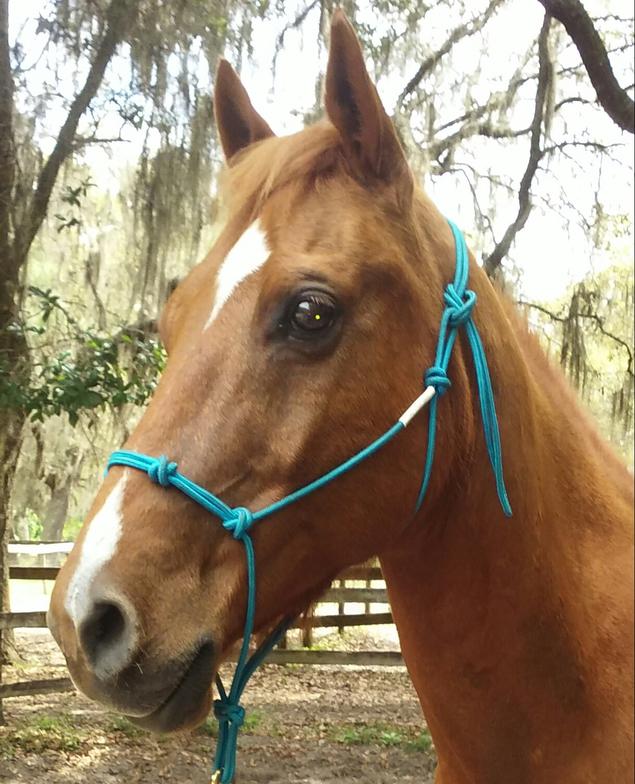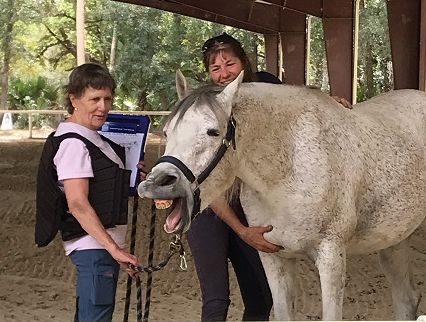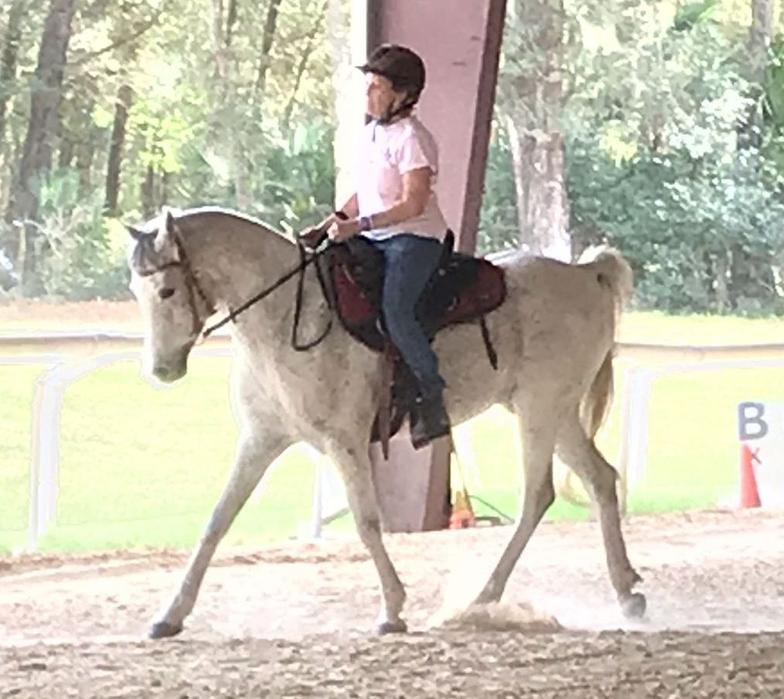Massage · Craniosacral Therapy · Neuro-Myofascial Release Alignment · Kinesiology Taping
COMPLETE BODYWORK FOR YOUR HORSE
CASE STUDY #1 - PSG Dressage horse recovering from suspensory injury; head shy since young.
Speedy is a tall athletic 14yo 17.2 h KWPN gelding who his owner says has always had issues with people touching his head and neck. In fact it was always a challenge to get him to relax his whole topline. He was also recovering from a bad lesion in his RH suspensory and was just cleared to start back into work.
Bodywork Session #1: Speedy received almost 90 minutes of massage and then Craniosacral (C.S.) therapy - his head and neck were overly sensitive and tense, and Liz spent one full hour on that part of his body. By the end she could walk up to Speedy and place her hand between his eyes and he kept his head down! First time EVER in his life. Owner later reported Speedy started to drop his head for haltering - a huge win.
Bodywork Session #2: 3 weeks later, after he had been back in work, owner said he was leaning too much on his left side, trying to protect the right from that injury. But in general he was stretching more over his topline which was great. Liz repeated the whole massage and C.S. session with him to continue to release all the tension in his neck and topline. The C.S. session "reprogrammed" his central nervous system to allow him to use his right hind again. Owner later was elated and reported that indeed Speedy was going much more evenly in the contact and finally putting weight on that right side, allowing him to be straighter. :-)
Is your horse muscle sore?
Is your horse coming back from an injury?
Does your horse feel uneven in the rein contact?
Does he struggle with either canter lead?
How about EPM or other neurological/muscular conditions?
Does he lack forwardness? Does he trip frequently?
Does he find it difficult to relax? Is he supple in his neck?
Is he bending well? Moving laterally evenly both directions?
Head shy? A head shaker? Is he difficult to bridle?
Has he forgotten how to use one part of his body?
Have an unexplainable 'hitch' or unsoundness in his stride?
Does he suddenly give you or your farrier trouble? Got Anhidrosis?
Call or text Liz at (352) 653-5597 and let's discuss whether we can help your horse feel and perform better! Or drop her an email: [email protected]
Therapist Liz Cornell is based in North Central Florida but will travel further if enough horses warrant the trip.
These types of issues are common and the therapies we perform have definitely helped horses overcome them. Keep in mind we aren't miracle workers, and you should always seek veterinarian advice first. That said, we realize every horse is an individual with his own history, and we look forward to helping your horse be happy, supple and performing at his best!
If you're wondering if any of these therapies will help your horse, we are happy to give you a free consultation by phone, text or email.
Therapist Liz Cornell is also a dressage rider of 30+ years who has trained and competed many horses to Fourth Level/PSG. She was the editor of Warmbloods Today magazine from 2009- 2019. She has a keen under-standing of the many challenges riders and their horses face. Bodywork is an important piece to keep horses comfortable
and sound.
CASE STUDY #2 - Paint/Perch/Mustang with old hock injury refuses to take her left canter lead.
Brandi is a is sweet and gentle young mare for her amateur owner Cindy. In Feb 2018 Brandi caught her LH in a barbed wire fence and suffered a very bad wound in the front of her hock. It took months to heal and she became sound, but it left a nasty scar. Fast forward to about a year later, when it came time to start cantering her, she preferred her right lead and struggled for months to pick up the left lead, but the trainer could manage to get it. One day Brandi just refused to pick up the left lead, period. Hmmmm, was the old hock injury the problem? Or has the left lead always been difficult? No one knew for sure.
Bodywork Session #1: Brandi responded well to the massage session and Liz proceeded to perform Craniosacral therapy - to which Brandi also responded well, with very big 'releases.' A few days later the trainer rode the horse, and when it came time to canter, Cindy reported Brandi popped into her left lead effortlessly - first time ever! :-)
Bodywork Session #2: Liz returned 3 weeks later and performed the massage again since Brandi's muscles may have become sore after using her left side differently. The C.S. therapy was also repeated to make sure Brandi's body didn't start to protect her left hind again. Cindy reported, "THANK YOU so much - without your help, I have no idea if we would have ever figured all of this out. Brandi is going better than ever and cantering on her left lead."
CASE STUDY #3 - Young Warmblood gelding shakes his head a lot when ridden.
CASE STUDY #4 - NSH gelding survives bad trailer accident but now has a 'hitch' behind.
Call or text Liz at (352) 653-5597 and let's discuss whether we can help your horse feel and perform better! Or drop her an email: [email protected]
Cass is a 4 yo gelding ridden in dressage and driving. He's doing well in his training but has one problem: he shakes his head even with the ear bonnet on when in work.
Bodywork Session #1: Liz noticed that the crest of Cass's parietal bone (top of head between his ears) protruded higher than normal. He was sensitive there and in the atlas just behind it. After a full body massage, most of his issues were indeed in his head and neck. Liz proceeded to do a Craniosacral treatment. One week later Cass's trainer reported his head shaking was much improved. During week four, the trainer reported that Cass started his head-shaking again.
Bodywork Session #2: Liz repeated the massage and C.S. again, and at the end Cass immediately gave huge releases with big yawns. Over the next week the trainer was happy to report the head shaking was diminished. Three weeks later the trainer sent me this note: "His head shaking is so much better it's unbelievable. Thank you for everything you have done for him!" This kind of chronic condition can take up to five sessions to eliminate altogether, so we'll keep an eye on Cass and only do another session if needed.
Poppy was a world champion saddle seat horse who suffered an accident where he flipped over upside down in the trailer. He ended up with a "hitch" in his right hind and so he was retired and donated to a local equine therapy program. After a few weeks at the therapy, they decided they really liked Poppy and wanted to keep him for their riding program and was hoping Liz could help him.
Bodywork Session #1: Poppy responded real well to his massage and Liz noticed his pelvis was definitely out of alignment, probably due to the accident. Liz decided to return to perform a neuro-myofascial release session to try and align the pelvis.
Bodywork Session #2: Before starting his session, this time Liz observed him trotting in hand and he indeed had a severe drop in his right hip/pelvis. She proceeded to massage and him and then used her alignment tool to perform a neuro-myofascial release session focusing on that right pelvis.
Bodywork Session #3: Liz returned 3 weeks later and watched him trot in hand and was pleased that 80 to 90 percent of the lameness in the right hind was gone! So she repeated the neuro-myfascial release since the pelvis was still dropped just a little bit on the right side. Next she did the craniosacral therapy to which Poppy responded well. His CNS needed to be "reprogrammed" to allow full range of motion to be restored. A week later Liz received a text message that Poppy looked 100% sound under saddle!
Bodywork Session #4: Two weeks later Liz stopped to check on Poppy and indeed he looked 100% when trotting in hand. A final neuro-myofascial release slightly adjusted his pelvis one last time and Liz performed laser meridian therapy on acupressure points to stimulate blood flow and reduce inflammation throughout his whole body. Poppy is healed and feeling fantastic and is now one of their top therapy horses. :-)
Liz received her
bodywork credentials
through Angel's Animals Holistic Courses founded by Dr. Angelique Barbara.
These courses are accredited by the National Certification Board of Therapeutic Massage and Bodywork (NCBTMB), the International Association of Animal Massage and Bodywork (IAAMB), and the International Veterinary Chiropractic Association (IVCA)
"My Sonny (14 yr. old Quarterhorse gelding) has had a myriad of issues, and Liz has patiently and professionally worked him through many of them. He still remains a work in progress in some areas, and I am confident that with time and Liz's expertise, he will be better than ever!" - Deanna, Mt. Dora, Florida
"Liz's complete bodywork compliments her knowledge and experience of horses, and that has helped both Nasdac and I to attain our goals comfortably and safely. When ridden Nasdac would head shake and not relax, and since his therapy his head shaking has diminished, he’s relaxed and enjoying his job. I would recommend Liz to anyone who wants to have a sound and happy horse." - Dawn, Grand Island, Florida
CHECK OUT THESE CASE STUDIES AND TESTIMONIALS FROM HORSE OWNERS WHO USED LIZ's BODYWORK THERAPIES:
CASE STUDY #5 - EPM survivor. Neurological issues??
Aria is my own horse who suffered EPM when young which was discovered and aggressively cured when he was seven. Vet said the EPM was primarily on his left side to which I agreed. Even though the vet said he made a full recovery, and Aria started to improve in his dressage work, a few months later I sought out a holistic vet who performed acupuncture on his left side since I was afraid of neurological damage. That vet felt neurologically Aria had made a full recovery, however, he continued to struggle a bit in the work as I pushed him up the levels. Most notably I had a very hard time getting the right bend since he still tended to lean on that right side.
Bodywork Session #1: When I was working on my certification for CranioSacral therapy, I of course practiced on my own horses. Aria had recently become difficult for the blacksmith and would refuse to hold his Left Hind foot up even for me when I cleaned out his feet. This was very disturbing to me since he's a perfect gentleman and this was a new problem. Plus there was that leaning issue in the training. So after giving him a massage and performing craniosacral therapy, to my surprise, the next day Aria had no problem holding his left hind up for me to clean his foot. And when I rode him, I could feel him bending right and agreeing to put weight on his left side. Suddenly he was more even in the contact and more balanced. This was a game-changer! All these years Aria's neurological system was protecting that left side, keeping him from using it 100%. I can attest that the craniosacral therapy reprogrammed his Central Nervous System making a positive impact on his abilities, soundness and overall happiness. ;-)
- THERAPY FEES -
Full Body Massage $60 (60 min)
Craniosacral Therapy $40 (up to 30 min)
Neuro-myofascial Release $30
(body alignment)
Kinesiology Taping $20 - 30
Travel Fees (may be shared) TBD
"My mare seemed to always have a sensitive and sore back. Getting her happy and feeling good has been like peeling an onion!
At one point Liz suggested getting her back x-rayed. The vet discovered T15, T16, T17 are very close together, but no kissing spines gratefully. Vet injected that area plus the SI joints. Next Liz suggested the flock in my saddle be adjusted to make sure it left room to lift her back under the rider’s seat. The saddle adjustment did help. The final pieces of the puzzle were Liz's cranialsacral work and kinesiology taping.
At last we are progressing together nicely doing first and second level dressage work, and my mare is much happier thanks to Liz's therapies and dedication to helping us."
-Susan, Eustis, Florida
Gift cards are available at Proven Equine! This covers bodywork sessions as well.
CLICK HERE to go to Gift Cards.
Soft & Supple Clinics
Liz also offers these clinics which have become popular with riders of all disciplines. Each horse and rider have 90 minutes. The first 45 minutes is
a massage for the horse to
identify sore areas and stiffnesses.
Then we put the tack on, and the
rider mounts and does stretching
exercises and together the pair
obtains relaxation and softness.
It's a fun and rewarding time --
and your horse will thank you!
Clinics are limited to 5 horse/
riders per day. Contact Liz if you have interest
in booking one of these eye-opening events
at your barn!
In 2023 I designed a presentation on ANHIDROSIS since I've been helping horses sweat. Click here to download a PDF of this presentation.





